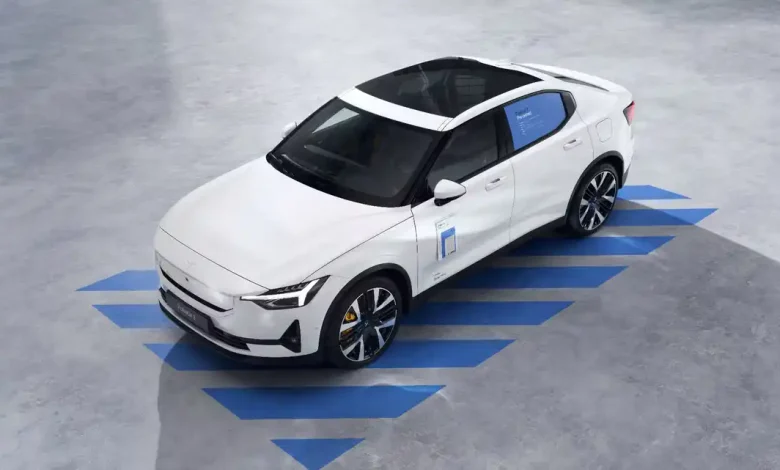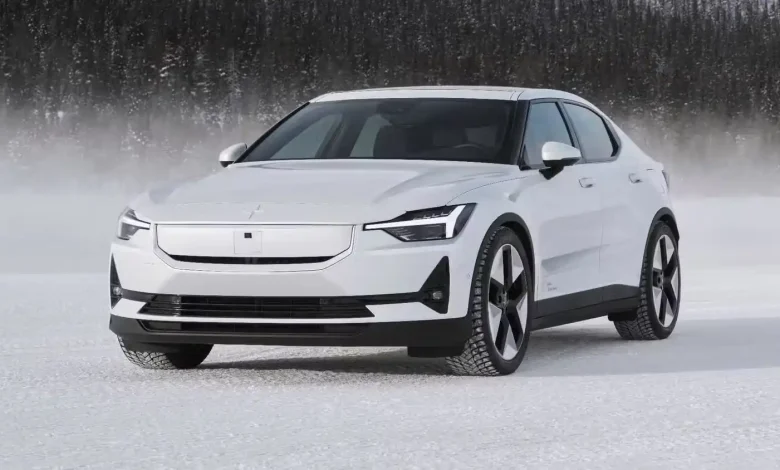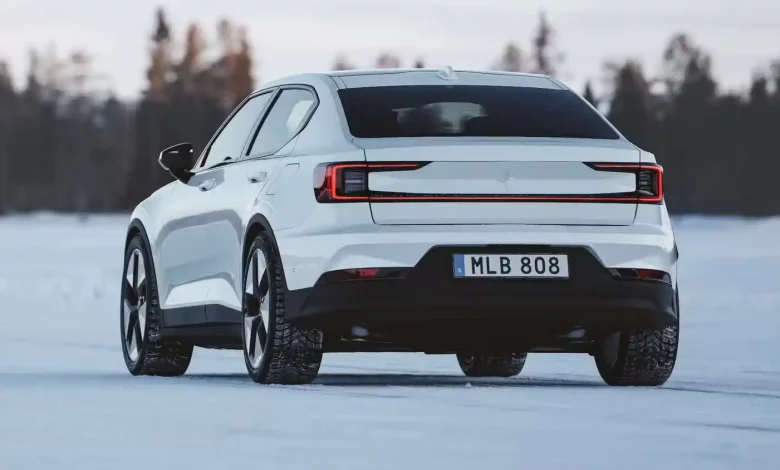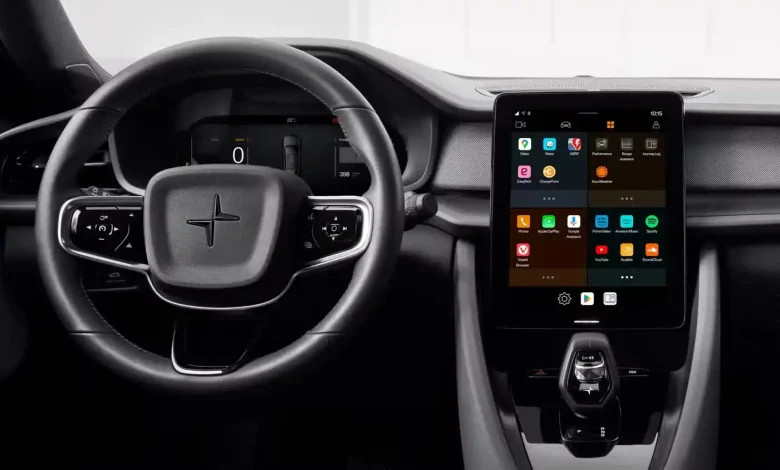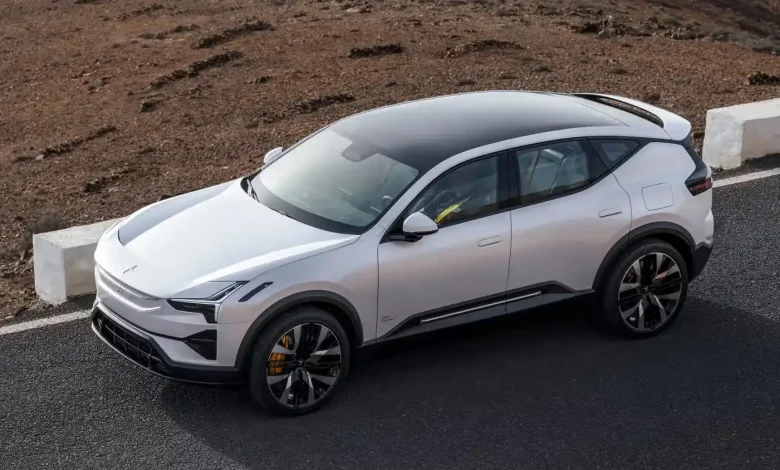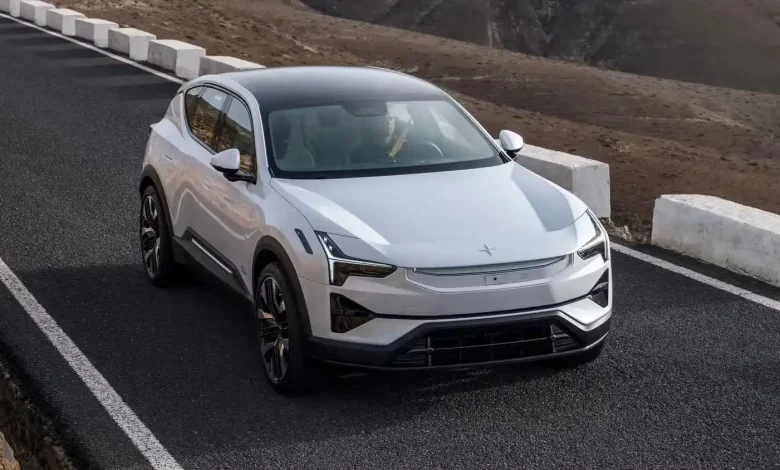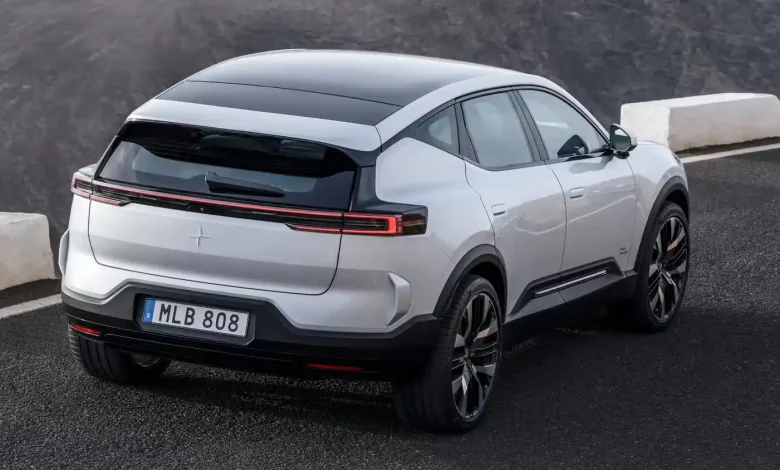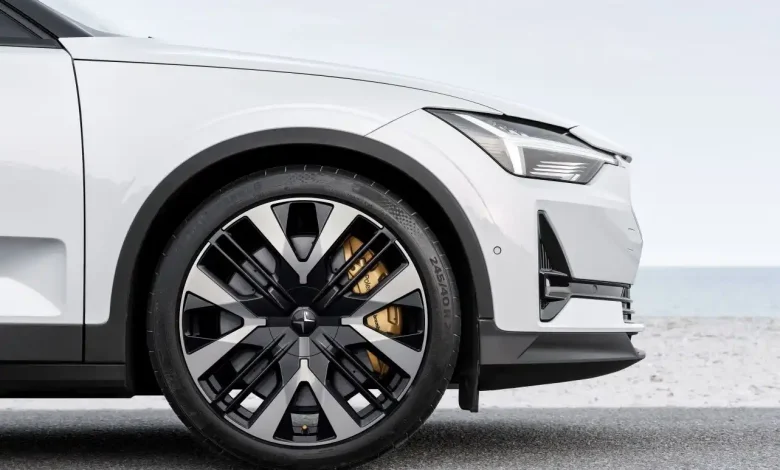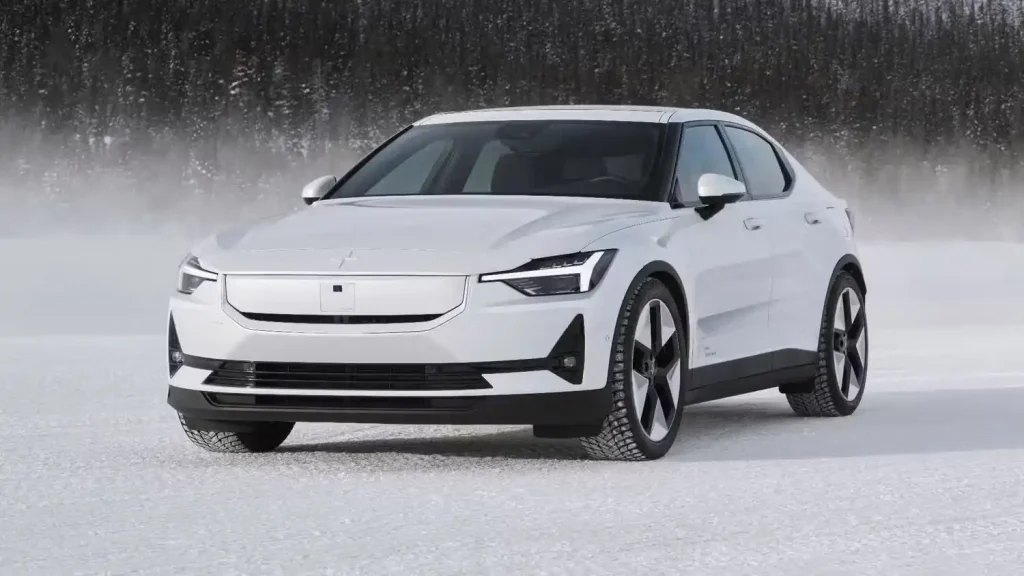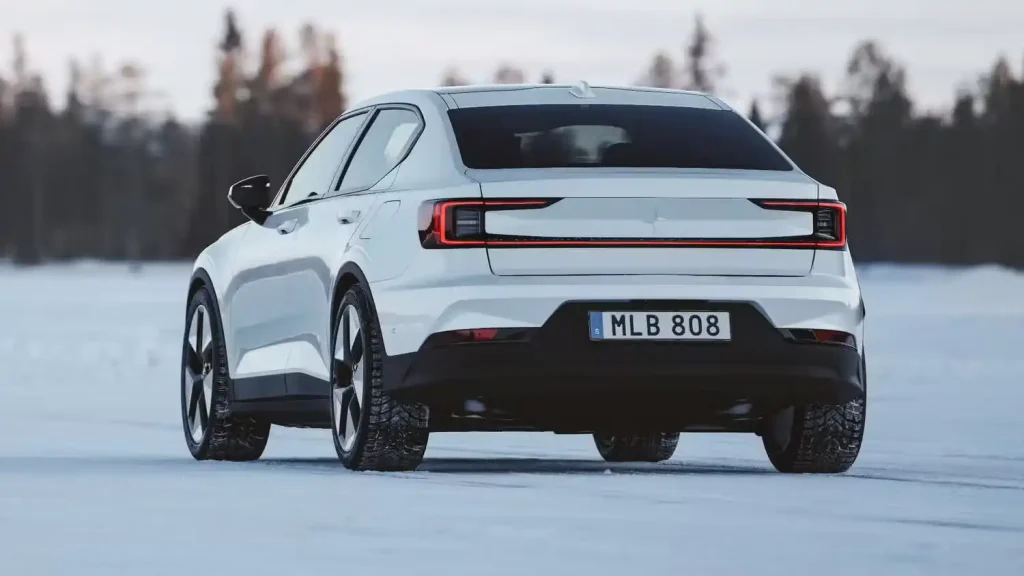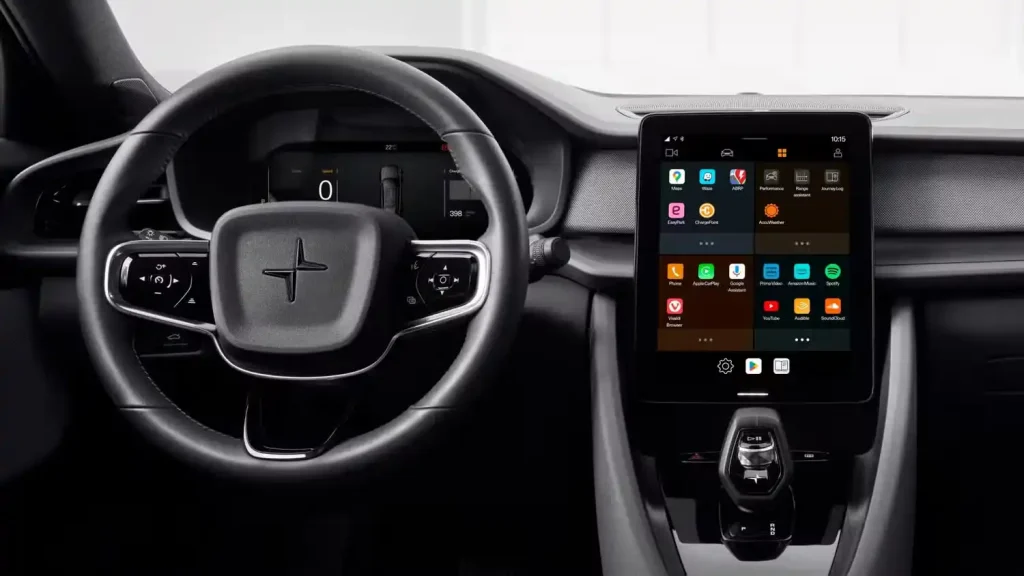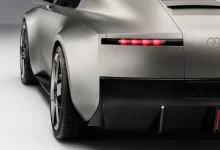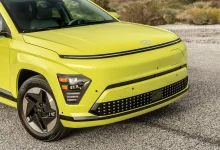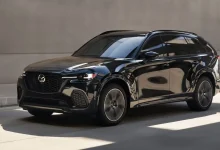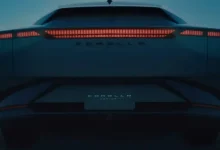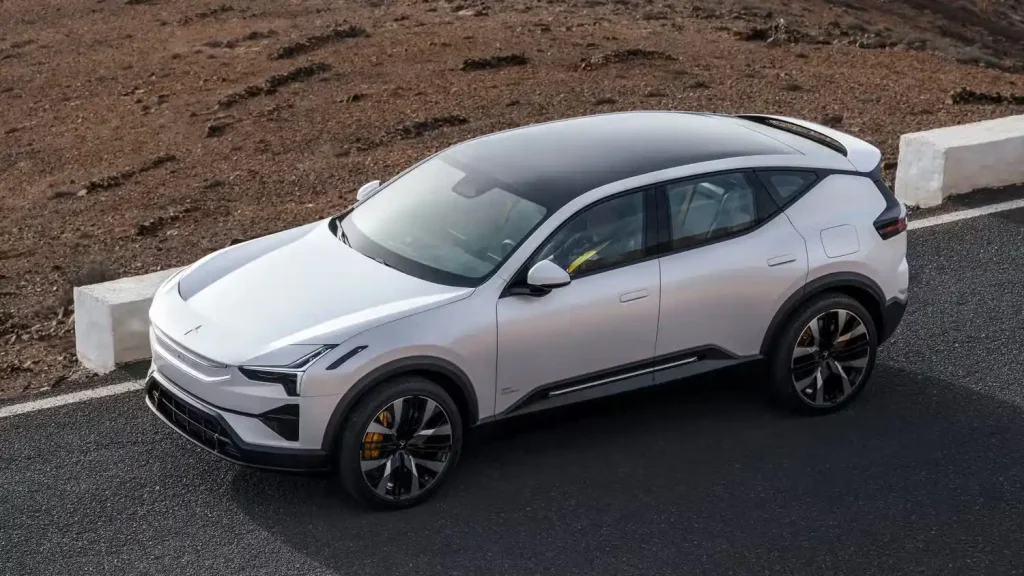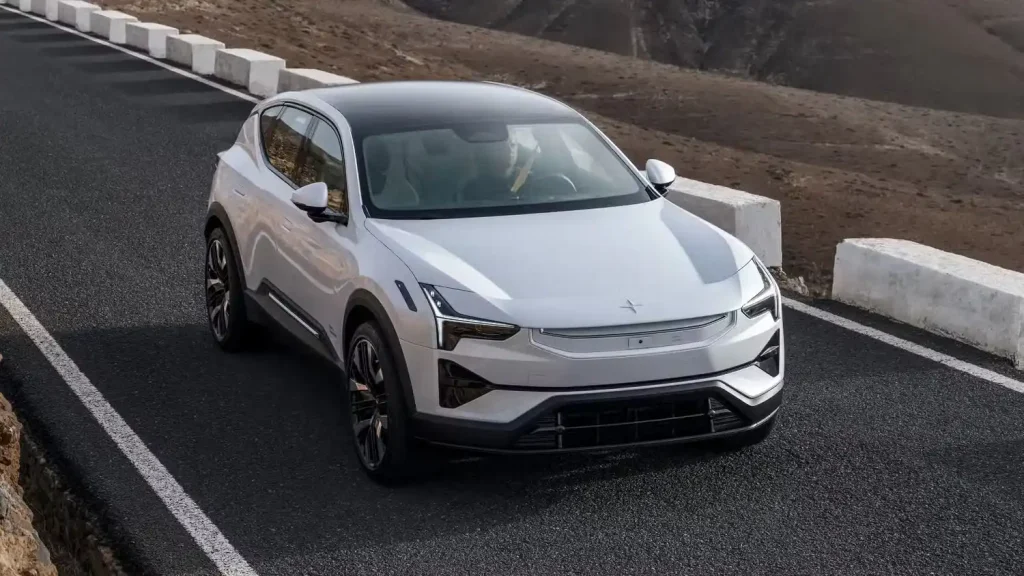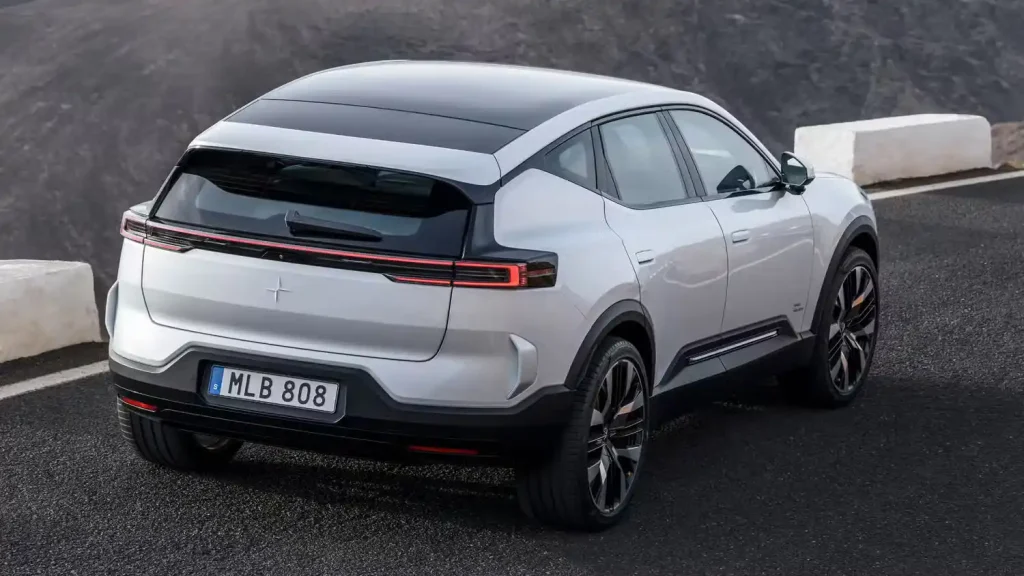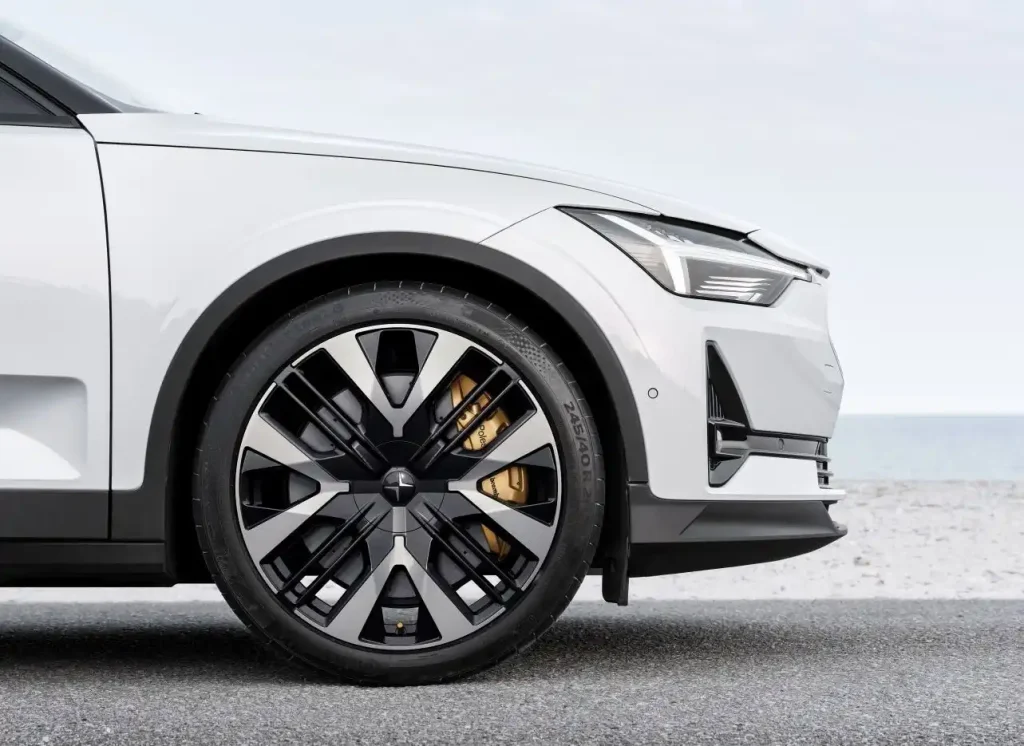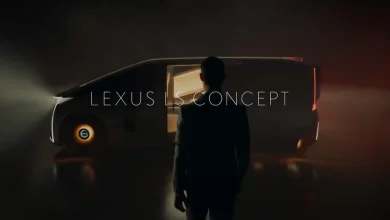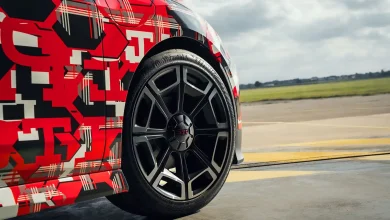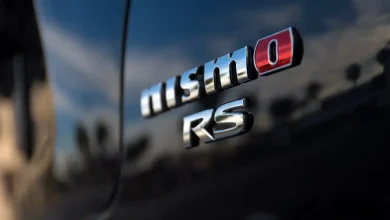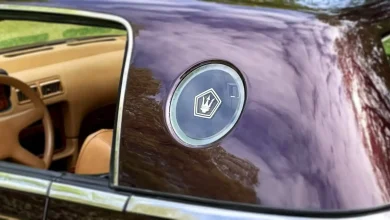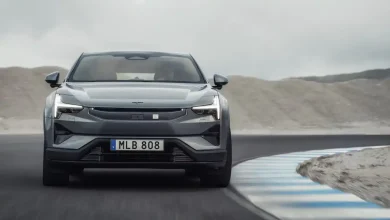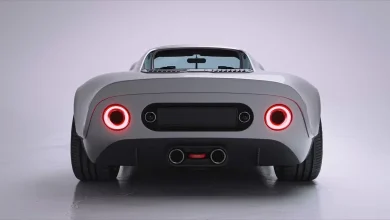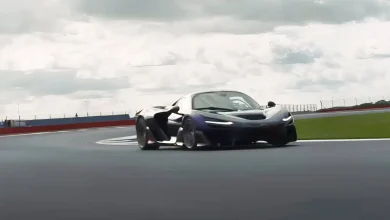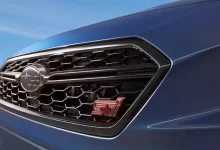Polestar Launches Support Program for Used Electric Vehicles
Used EVs Are Growing Up—And Polestar Is Offering Battery Peace of Mind
Polestar: While electric vehicles (EVs) are still a relatively recent addition to the mainstream automotive landscape, they’ve quietly been around for more than a decade. Tesla’s Model S debuted for the 2012 model year, and Chevrolet followed with the Bolt EV in 2017. As a result, a growing number of EVs with high mileage and numerous charging cycles are now circulating in the used car market.
This shift is shedding light on a key concern for secondhand EV buyers: battery health. The battery pack remains the most expensive component of an electric vehicle, and the prospect of buying a used EV only to discover its battery is near the end of its life can be intimidating.
To help ease those concerns, Polestar is enhancing its certified pre-owned (CPO) program. The automaker aims to provide added reassurance for prospective buyers who might be wary of taking on an aging battery.
Demystifying Battery Condition
Polestar is taking steps to make used EV ownership less daunting by offering more transparency around battery health. For every Polestar 2 sold under its certified pre-owned (CPO) program, the vehicle’s battery state-of-health will be evaluated and clearly documented. This metric, displayed as a percentage, indicates how much of the original maximum capacity remains—providing buyers with a straightforward snapshot of battery performance.
This new disclosure complements the brand’s existing 112-point inspection, which each vehicle must pass to qualify for certification. In addition to the inspection, the CPO program includes a 24-month warranty that stacks on top of the remaining portion of the vehicle’s original 8-year/100,000-mile battery and motor warranty. That factory coverage guarantees a battery replacement if capacity drops below 70%, offering further peace of mind to secondhand EV buyers.
For now, Polestar’s battery health certification applies exclusively to the Polestar 2. That’s largely because the Polestar 3 is only just arriving in showrooms, and the Polestar 4 has yet to officially launch. As a result, there are few—if any—used examples of those models on the market, and any that do exist have seen minimal use. However, Polestar has confirmed that it plans to expand this certification feature to include additional models in its certified pre-owned lineup in the near future.
Old Batteries Aren’t as Scary as You Think
It’s natural for car buyers to approach new and potentially costly technology with caution—especially when it comes to electric vehicle batteries. They’re not only essential to the car’s operation but also among the most expensive components to repair or replace. Fortunately, real-world data is beginning to ease those fears.
Battery longevity appears to be better than many initially expected. In a recent deep-dive analysis, automotive data firm Geotab found that EV owners are seeing battery capacity decrease by only about 2% per year. That means a decade-old battery could still retain around 80% of its original charge capacity—more than enough for daily use in most scenarios.
Of course, individual results may vary depending on how the vehicle was driven and charged. Frequent use of DC fast charging, for instance, can accelerate battery degradation compared to slower, regular charging. Still, on average, EV batteries are proving to be far more durable than early skeptics predicted.
As a result, it’s reassuring to have the ability to check an EV’s battery health—something that Polestar’s program does exceptionally well. By offering transparent battery condition reports, it gives all types of buyers peace of mind and sets a valuable example for other automakers to follow. Ideally, more manufacturers will adopt similar practices to ensure greater confidence in the used EV market.
However, even if you’re considering an EV outside of Polestar’s certified pre-owned program, there’s still good news. Many electric vehicles make it relatively easy to check battery health. For example, the Nissan Leaf allows owners to view the battery’s condition directly through the instrument cluster. If you’re looking into buying a used EV, take advantage of online resources, such as owner’s manuals and forums, to locate specific battery health information for the model you’re interested in. By doing your homework, you can confidently purchase a used EV that offers solid performance at a great price.
